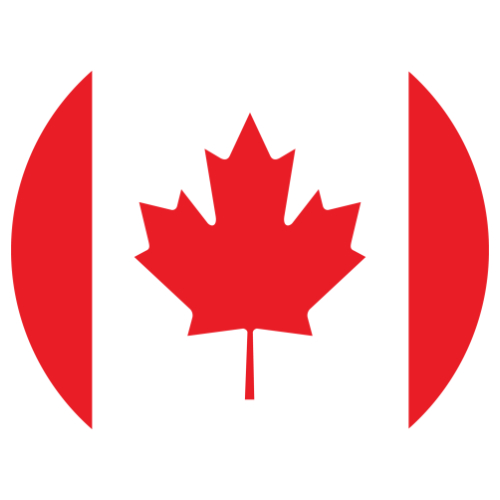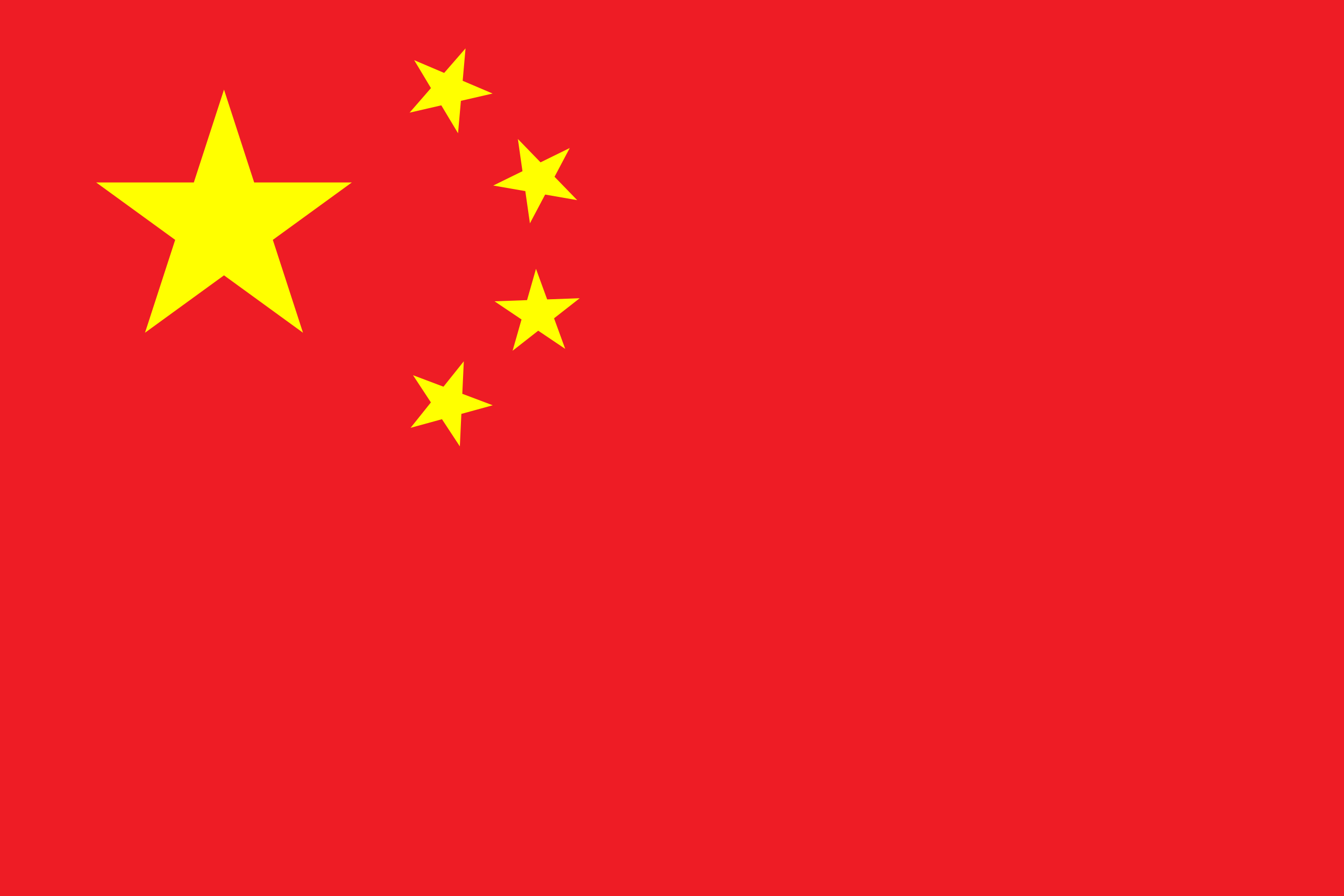Checks And Balances in US Constitution
06 May 2020
Checks And Balances in US Constitution
Scholarship Description:
Checks And Balances in US Constitution is open for . The scholarship allows level program(s) in the field of taught at . The deadline of the scholarship is .
Checks And Balances in US Constitution
Introduction:
The system of checks and balances laid down by the doctrine of Separation of powers in US constitution prevents the misuse of power given to the institutions. The powers to run the affairs of the USA are divided among three branches; the Legislative Branch (Congress) which consists of the Senate (Upper House) and the House of Representatives(Lower House), Executive Branch (headed by President) and the Judiciary. These powers are divided in such a way that they provide a check upon the other institutions thus balancing the power.
1. Checks by Legislative Branch:
The legislative branch or the Congress is given the powers to make laws. As said before, Congress consists of two houses; Senate (Upper House) and the House of Representatives (Lower House). Senate has 100 members in which every state has 2 members. House of Representatives consists of 435 members in which the number of representatives from each state depends on the state’s population. It has the following checks on other institutions.
1.1 Checks over Executive Branch:
- Senate approves the presidential appointments of judges and Executive Department Heads as it recently did in case of John Kerry (Secretary of the State), John Brenan (Director CIA) etc.
- Senate ratifies the treaties wanted by the President.
- The House of Representatives may impeach and the Senate may remove the executive Head (Andrew Johnson and Bill Clinton charged by the House of Representatives but acquitted by the Senate).
- May start investigation, especially against the Executive Branch (e.g. Watergate scandal in Nixon’s era lead to Nixon’s resignation).
- May override Presidential vetoes with two third majority.
- Power to enact taxes and allocate funds to any executive functions.
1.2 Checks over Judicial Branch:
- Senate approves appointment of judges
- Power to alter the size of Court
- May remove judges through impeachment (Samuel Chase case)
- Legislative branch also has the power of creating lower courts
2. Checks by Executive Branch:
The Executive Branch (President, Vice President and President’s Cabinet) is responsible for carrying out the laws. It has a number of checks over the other two branches.
2.1 Checks over Legislative Branch:
- President can veto a bill passed by Congress.
- Can recommend legislation
- Power to call special session of the Congress
- Vice President is the head of the Senate and he can vote to break a tie.
- May force adjournment when both houses do not agree on adjournment.
2.2 Checks over Judicial Branch:
- President appoints judges of Supreme Court
- Has the power to grant pardon to convicted persons, except case of impeachment.
3. Judicial Branch's checks:
Judicial branch is given the power to interpret the laws.
3.1 Checks on Executive Branch:
- Courts can judge executive actions to be unconstitutional through the powers of judicial Review.
- Chief Justice sits as the President of the Senate during Presidential Impeachment.
3.2 Checks on Legislative Branch:
- Courts can judge legislative actions to be unconstitutional e.g. Marbury v. Madison: It was the first Supreme Court decision to declare an act of Congress unconstitutional. This established judicial review. The judge said that the constitution must have precedence over the laws passed by the Congress. Similarly the Dred Scot case of 1857 and Missouri Compromise also proved Supremacy of Constitution and a check on Congress actions.
- Determines how the congress meant the law to apply in disputes
Conclusion:
The system of checks and balances has worked well throughout the course of American history. Although some huge clashes have occurred in the past when one institution opposed the decision of another institution like when laws have been vetoed or appointees have been rejected or laws declared unconstitutional but these all were done to maintain a balance between all the institutions and have occurred rarely. Overall, the system of checks and balances has always achieved a workable environment with institutions dominating the others.
Degree Level:
Checks And Balances in US Constitution is available to undertake level programs at .
Available Subjects:
Following subject are available to study under this scholarship program.
previous
Achievement Scholarships for International Undergraduate Students: Engineering and Information Technology, University of Technology Sydney



